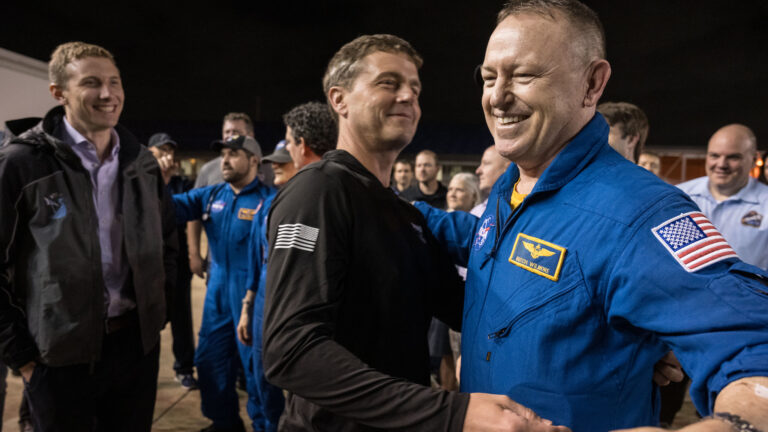On Monday, OpenAI announced a significant update to ChatGPT that enables its GPT-3.5 and GPT-4 AI models to analyze images and react to them as part of a text conversation. Also, the ChatGPT mobile app will add speech synthesis options that, when paired with its existing speech recognition features, will enable fully verbal conversations with the AI assistant, OpenAI says.
OpenAI is planning to roll out these features in ChatGPT to Plus and Enterprise subscribers "over the next two weeks." It also notes that speech synthesis is coming to iOS and Android only, and image recognition will be available on both the web interface and the mobile apps.
OpenAI says the new image recognition feature in ChatGPT lets users upload one or more images for conversation, using either the GPT-3.5 or GPT-4 models. In its promotional blog post, the company claims the feature can be used for a variety of everyday applications: from figuring out what's for dinner by taking pictures of the fridge and pantry, to troubleshooting why your grill won’t start. It also says that users can use their device's touch screen to circle parts of the image that they would like ChatGPT to concentrate on.
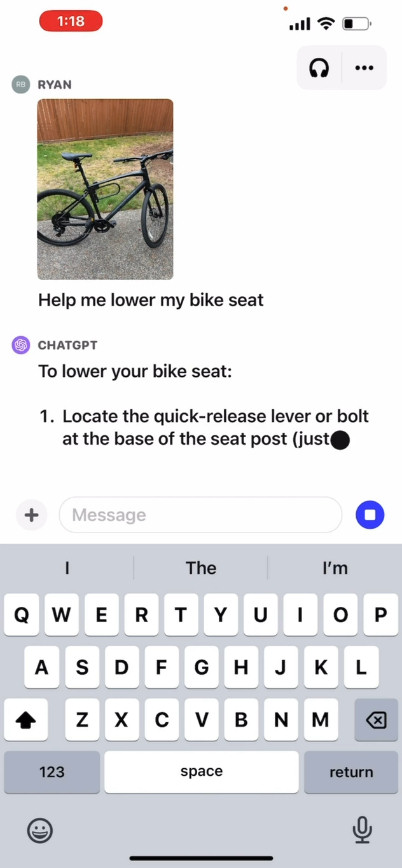
On its site, OpenAI provides a promotional video that illustrates a hypothetical exchange with ChatGPT where a user asks how to raise a bicycle seat, providing photos as well as an instruction manual and an image of the user's toolbox. ChatGPT reacts and advises the user how to complete the process. We have not tested this feature ourselves, so its real-world effectiveness is unknown.
So how does it work? OpenAI has not released technical details of how GPT-4 or its multimodal version, GPT-4V, operate under the hood, but based on known AI research from others (including OpenAI partner Microsoft), multimodal AI models typically transform text and images into a shared encoding space, which enables them to process various types of data through the same neural network. OpenAI may use CLIP to bridge the gap between visual and text data in a way that aligns image and text representations in the same latent space, a kind of vectorized web of data relationships. That technique could allow ChatGPT to make contextual deductions across text and images, though this is speculative on our part.
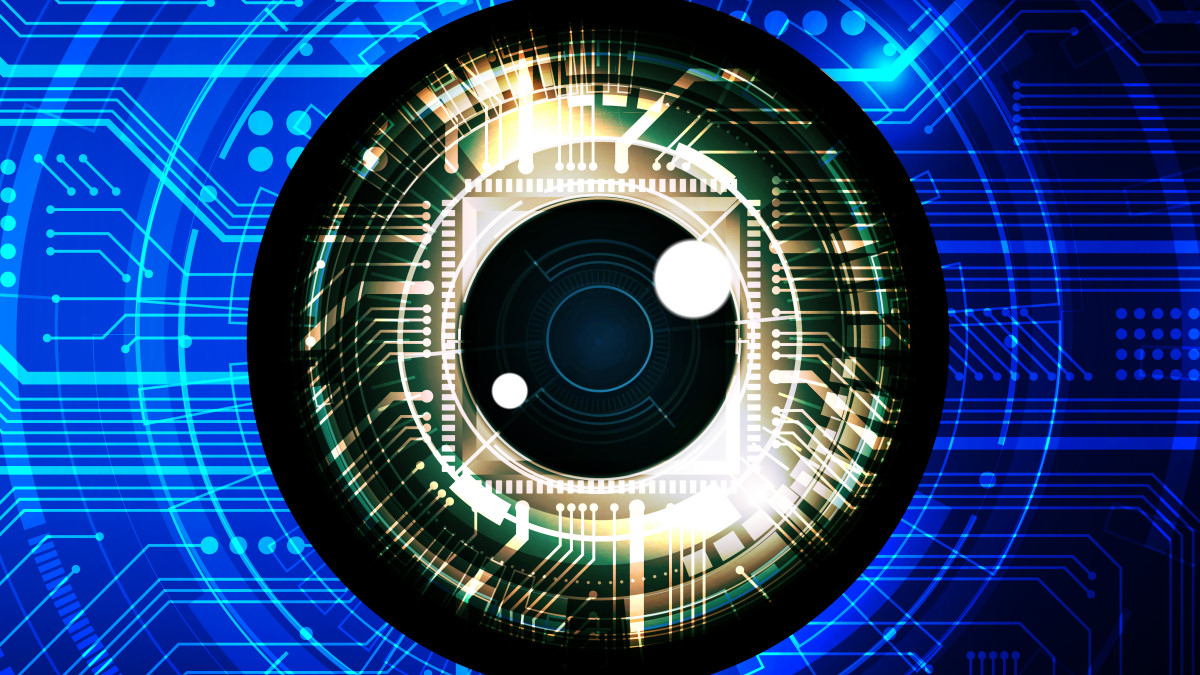
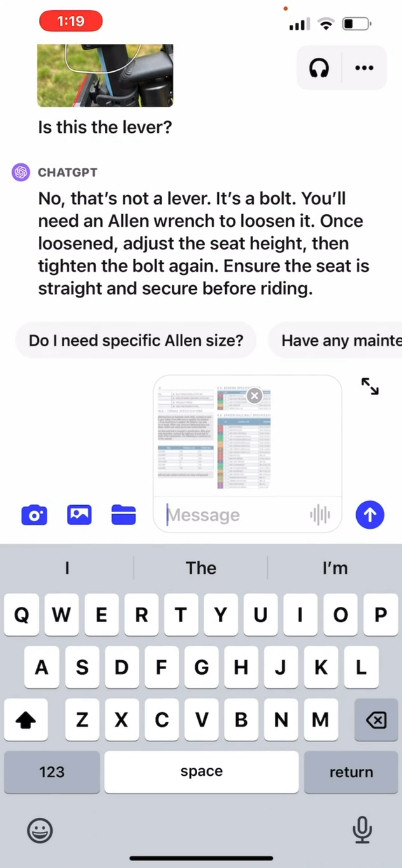
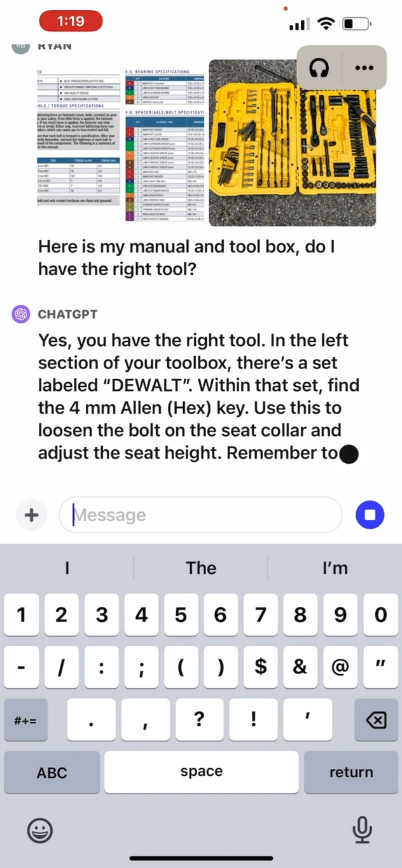


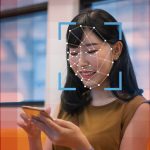
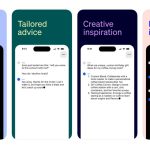

 Loading comments...
Loading comments...
